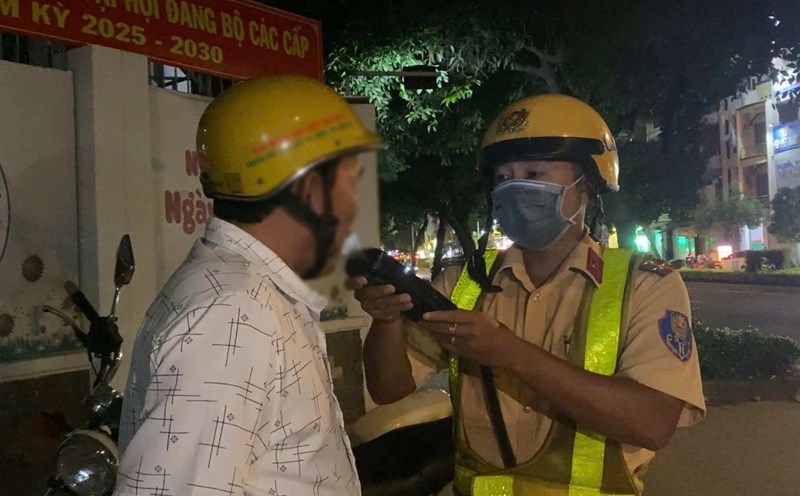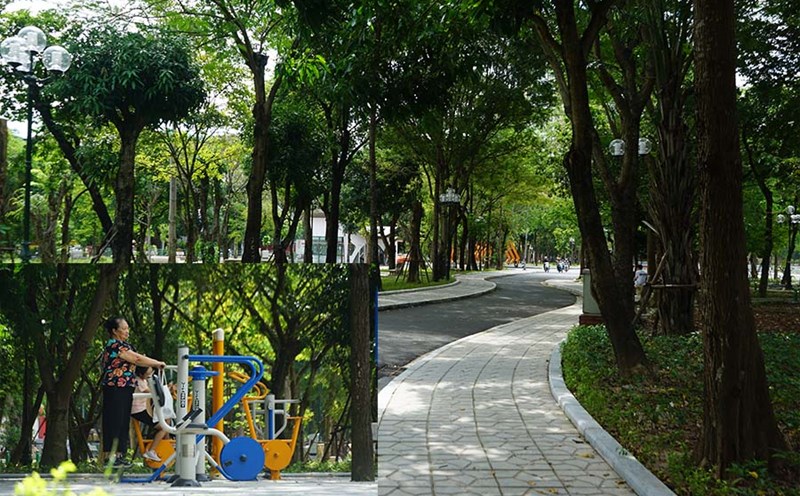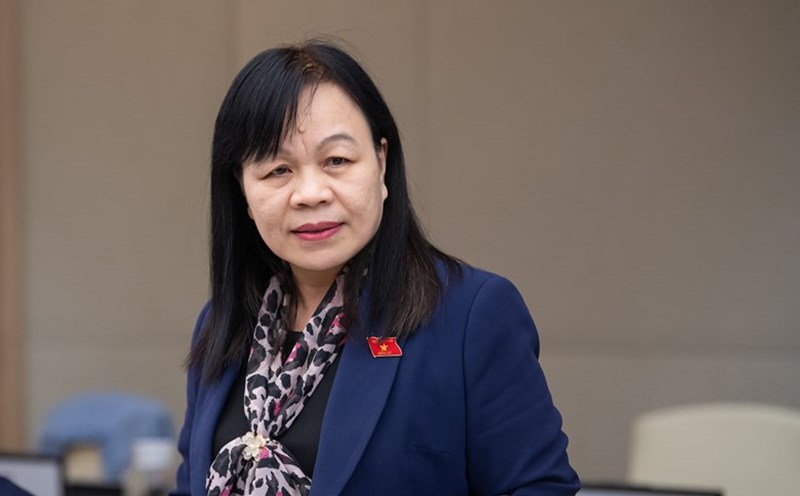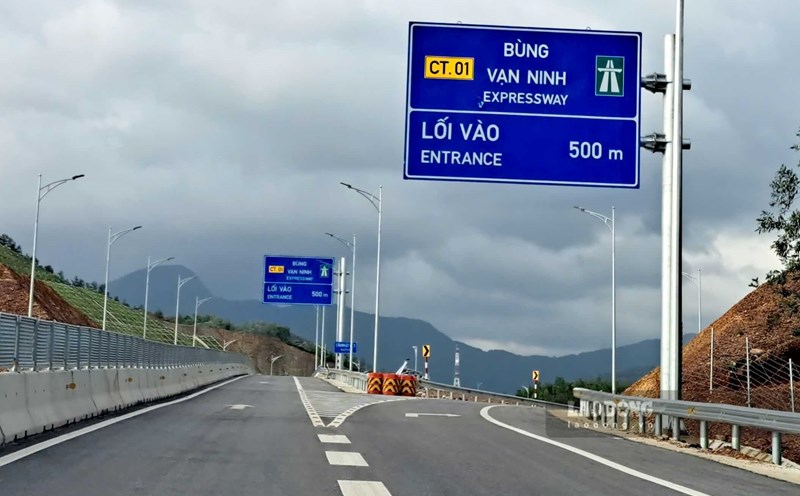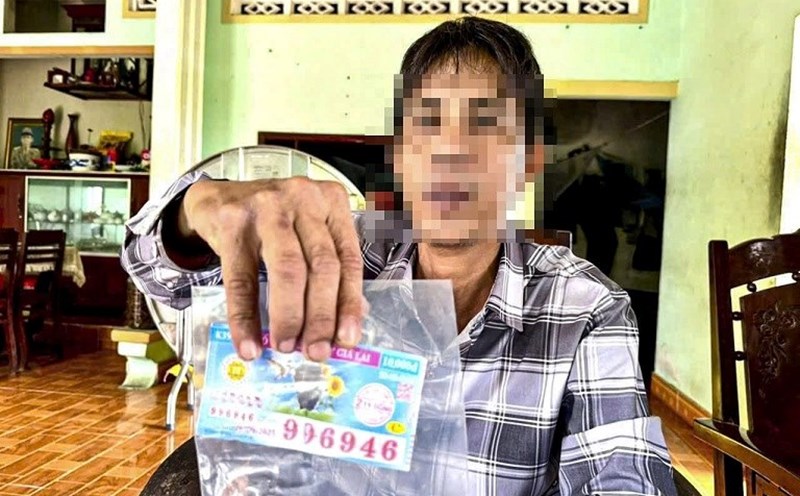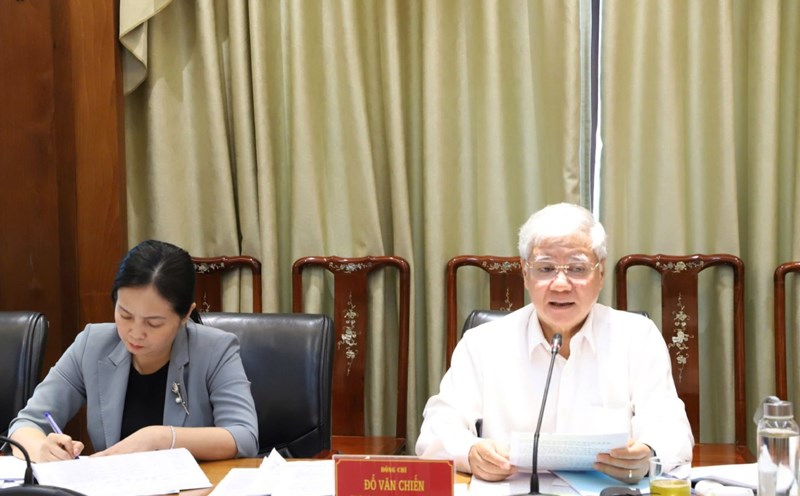The Nha Rong - Khanh Hoi port area is spread over 31 hectares along the banks of the Saigon River, located adjacent to the center of Ho Chi Minh City. Currently, this place still retains the appearance of an old cargo port, with rows of factories, warehouses, wharves and works that have degraded and are operating at a low level. The riverside space is largely blocked by fences and industrial buildings, making it impossible for this area to promote the inherent natural landscape advantage of a rare beautiful riverbank in the heart of the city.
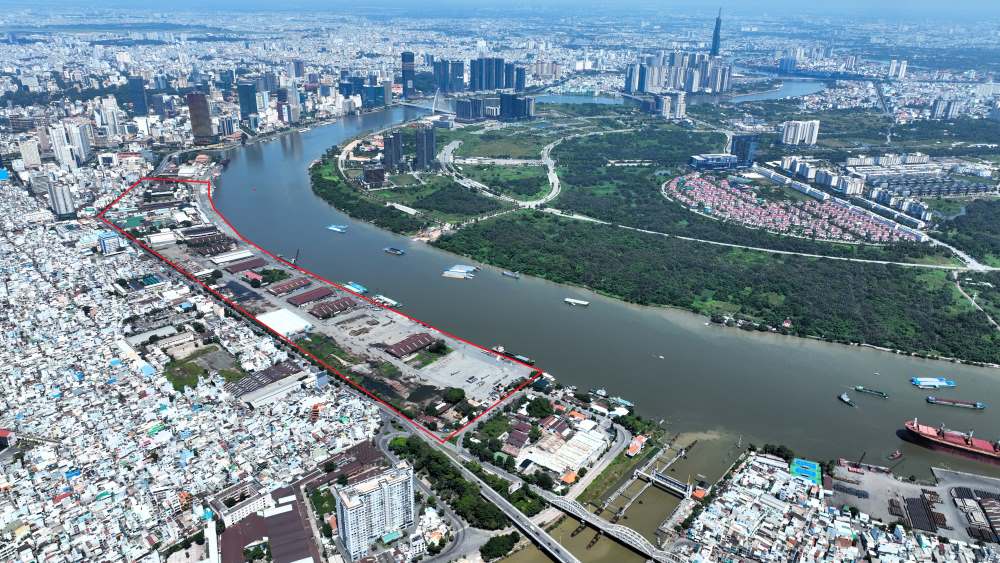
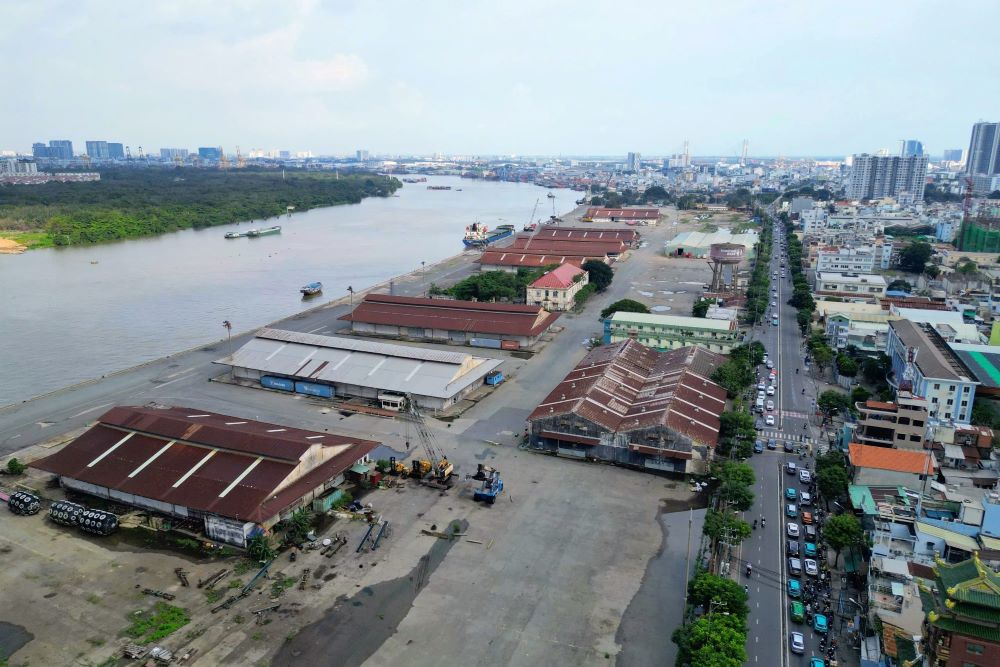
In this area, Nha Rong Wharf is now Ho Chi Minh Museum, Ho Chi Minh City branch is a special historical relic associated with the event on June 5, 1911, when young man Nguyen Tat Thanh left Saigon on the Amiral Latouche-Treville ship to find a way to save water.
At the recent conference summarizing 50 years of Ho Chi Minh City's literature and art, Ho Chi Minh City Party Committee Secretary Tran Luu Quang said that the Standing Committee of the City Party Committee has agreed to stop the housing project in the Nha Rong Wharf area to expand the Ho Chi Minh Cultural Space. The remaining area will be planned into a park, combined with the expansion of Nguyen Tat Thanh Street and the development of public services, creating a space for cultural activities along the river, connecting to the city center.
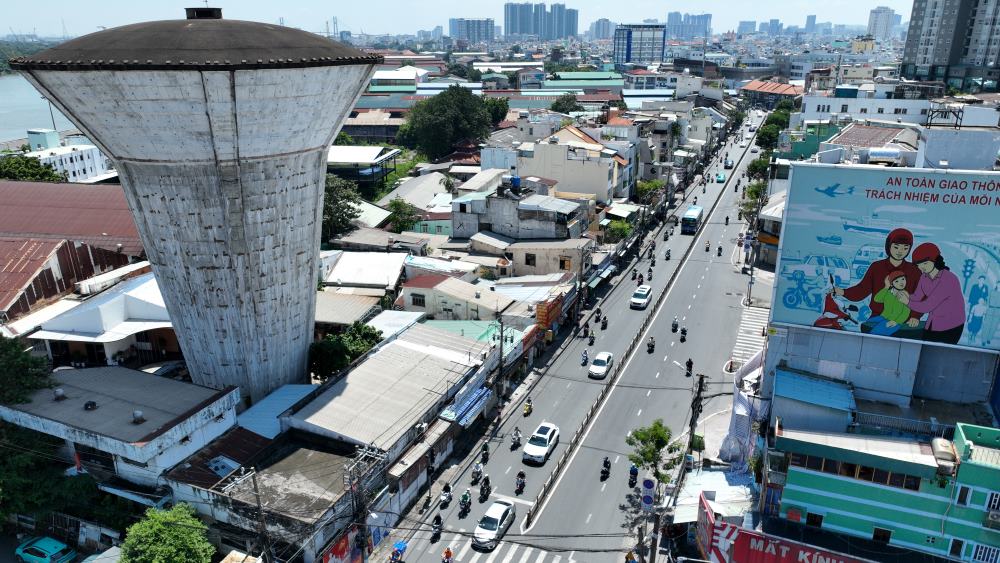
According to experts, Ho Chi Minh City's choice to keep the riverbank for the community instead of developing commercial housing is a direction that demonstrates a long-term vision, both preserving historical values and giving people space to access the Saigon River, the natural frontage of the city.
Meanwhile, in Vuon Lai ward, land plot No. 1 Ly Thai To is about 3.7 hectares wide, with 3 frontages Ly Thai To - Hung Vuong - Tran Binh Trong, considered the "golden triangle" in the city center, which is currently abandoned and seriously degraded.
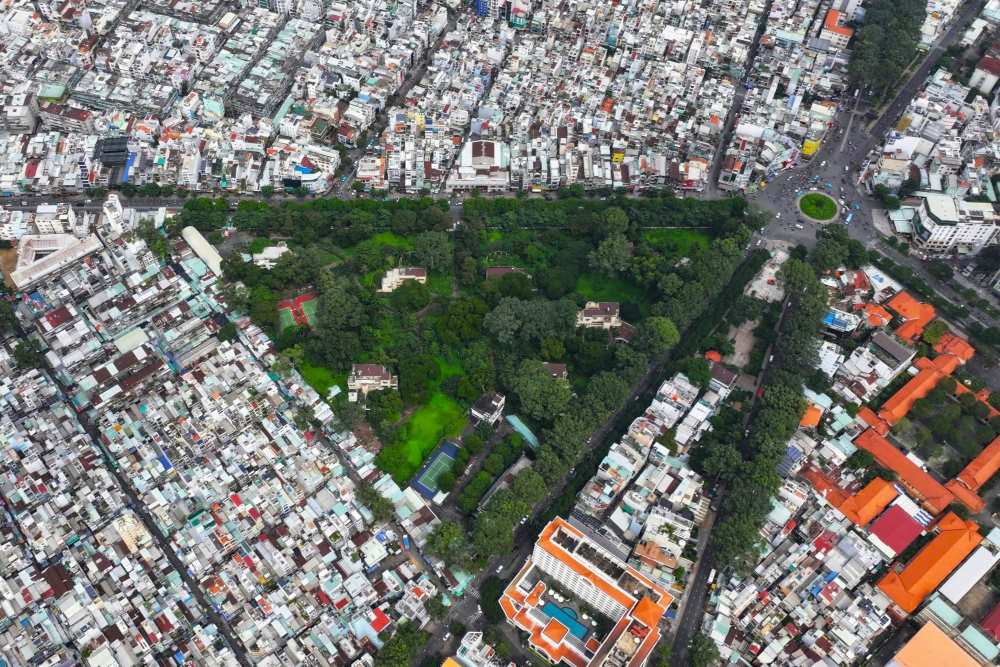
Inside the land is 7 ancient villas built before 1975, with peeling walls, old, rotten tiled roofs, and covered with trees. The iron gate is rusty, the fence is patchy, and many auxiliary works are dilapidated. Local residents said that the land was once very beautiful but had been abandoned for more than a decade.
According to records, this land was once the palace of Uncle Hoa's family, the "king of land" of ancient Saigon. After 1975, this place was used as the Government Guest House, but has been inactive for many years.
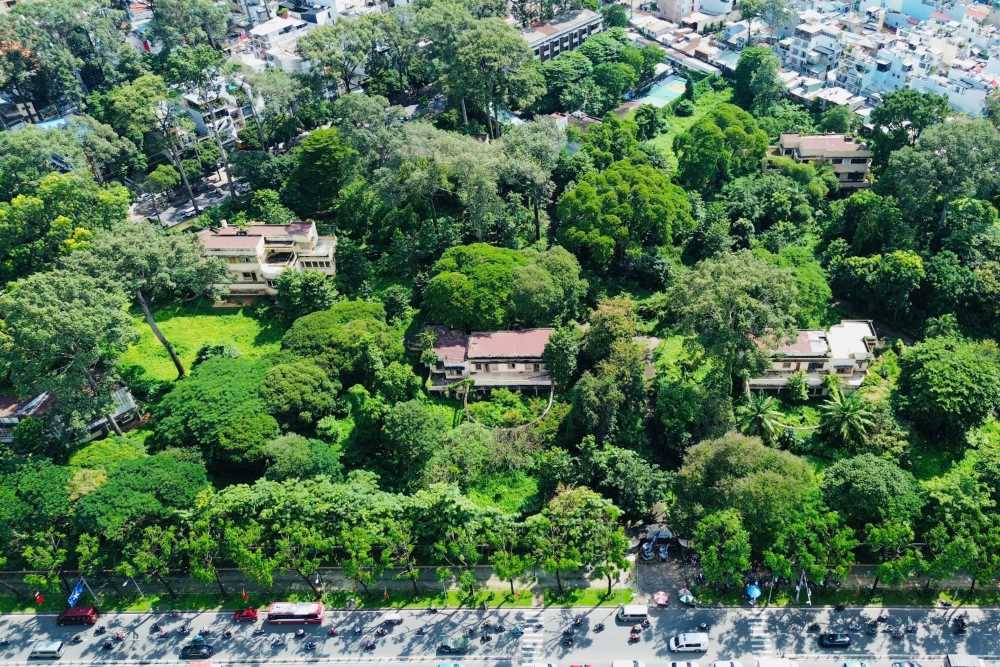
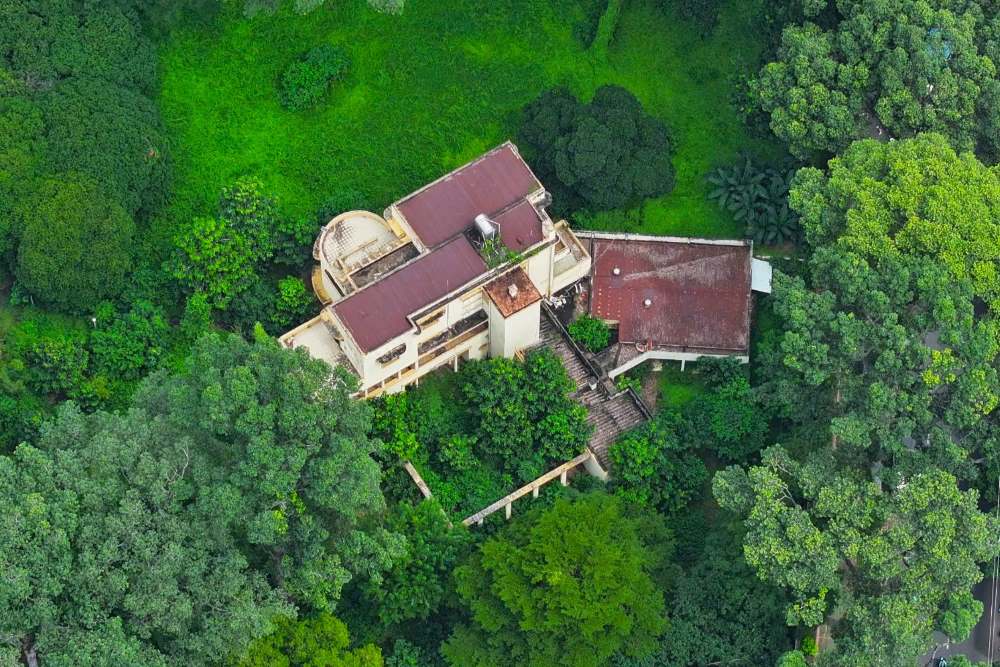
According to the new orientation of City Party Secretary Tran Luu Quang, land plot No. 1 Ly Thai To will be renovated into a multi-functional park, a place to organize cultural and artistic activities, and at the same time, a monument will be placed to commemorate the people of Ho Chi Minh City who died due to the COVID-19 pandemic. The city has assigned specialized agencies to study the park design plan with synchronous infrastructure, increase green space area, reduce traffic pressure and create a cultural highlight in the center.
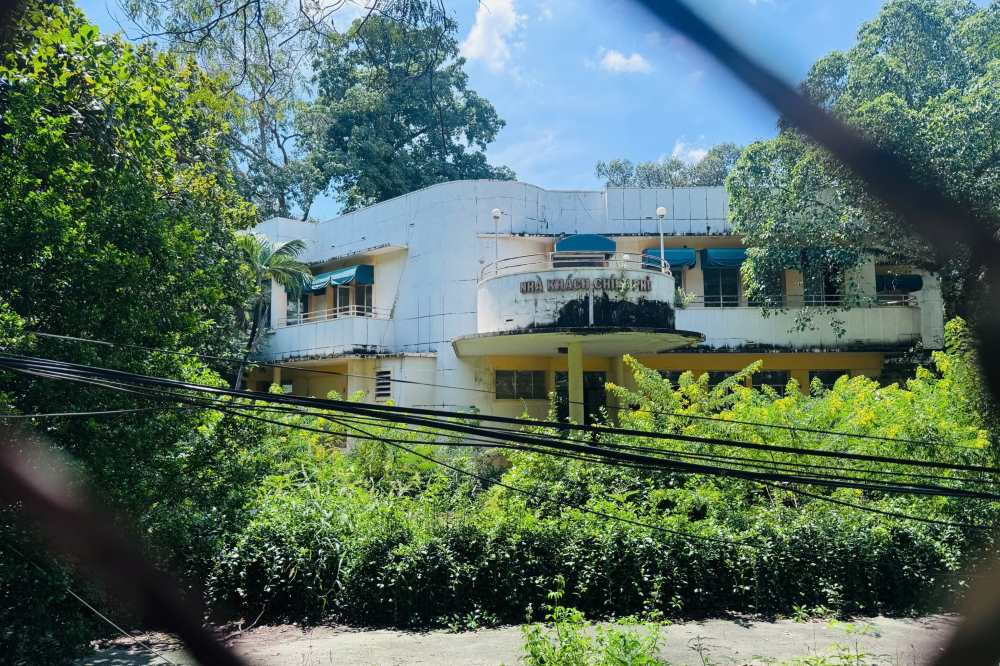
Both land plots, one along the Saigon River, one in the middle of the city, have great commercial value, but Ho Chi Minh City's bold shift from housing projects to developing cultural spaces and public parks shows a new development orientation: putting community interests and cultural identity first. When the land is renovated, people expect the city to have more green space, resting place and spaces to connect with history.

